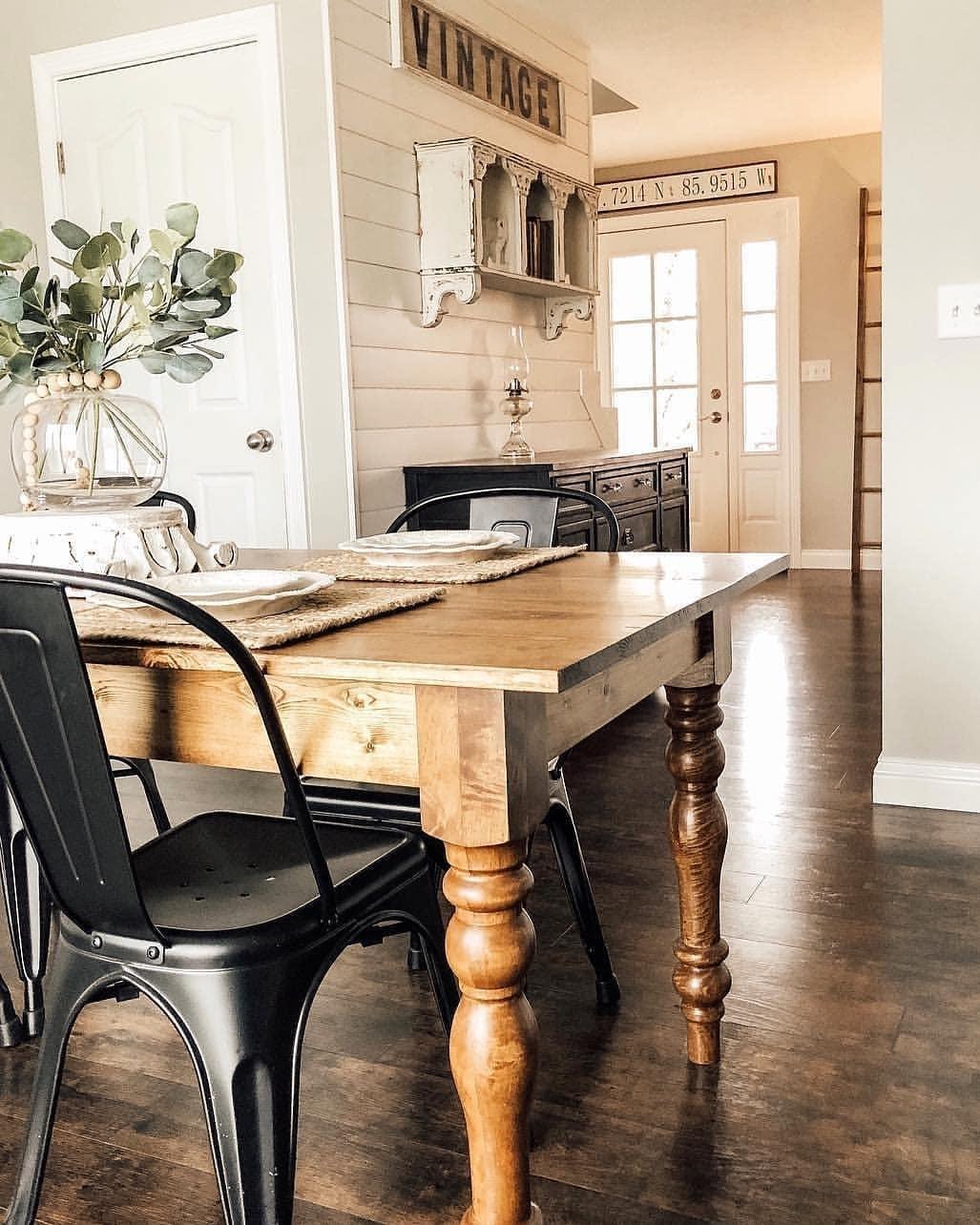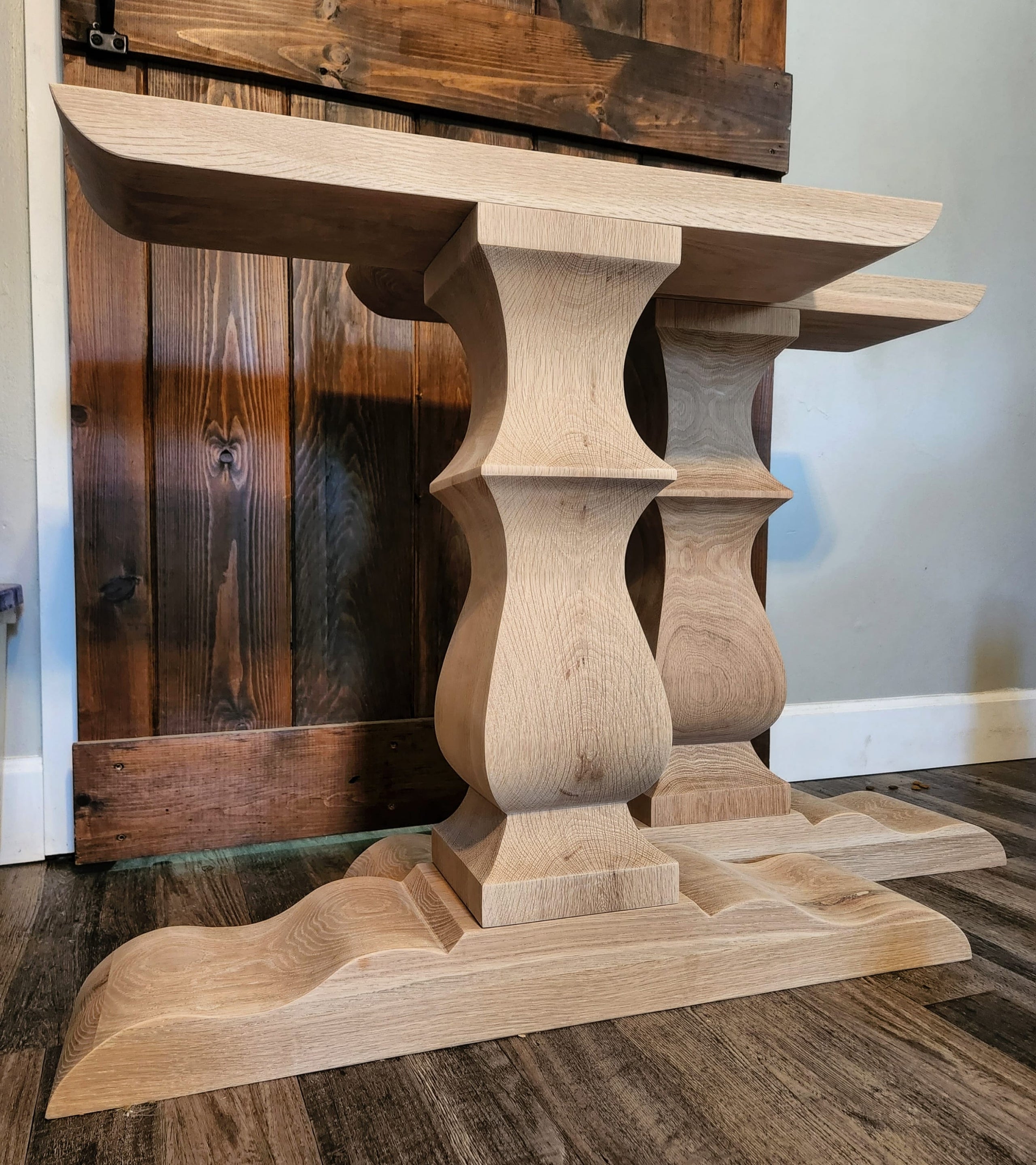Exploring Different Layouts for Dining Room Table Legs to Suit Your Visual
Exploring Different Layouts for Dining Room Table Legs to Suit Your Visual
Blog Article
Selecting the Perfect Dining Table: What Styles Job Best for Your Home?
Choosing the excellent eating table for your home can be a nuanced process that stabilizes aesthetic appeals and performance. To browse these choices effectively and discover a table that genuinely complements your home, think about the complying with aspects in detail.
Evaluating Your Area
Evaluating the dimensions and format of your dining area is an important first step in choosing the best table. Begin by gauging the size and size of the room, representing entrances, home windows, and other building attributes that can affect table positioning. This ensures that your table not only fits but likewise enables for comfy motion around it.
Think about the variety of people you normally delight. A table needs to suit your house's day-to-day demands while supplying enough adaptability for occasional guests. Generally of thumb, allocate at least 24 inches of table size per individual to make sure a comfy dining experience.
It's also vital to keep appropriate clearance around the table. Preferably, there must be at least 36 inches in between the table side and walls or other furnishings, making it possible for simple gain access to and movement. For spaces where chairs with arms or added storage units like buffets are included, boosting this clearance to 48 inches is a good idea.
Lights and environment play significant roles. Make certain that your table lines up with existing lights components or plan for ample illumination services. This detailed spatial assessment warranties that your table not only fits literally however also harmonizes with your area's general functionality and visual.
Popular Table Styles

Typical dining tables frequently feature ornate information, bent legs, and abundant wood finishes, evoking a feeling of ageless sophistication. They are best for homes with traditional decor or those looking to include a touch of refinement to their eating location.
Modern eating tables focus on simpleness and clean lines, frequently incorporating products like glass and steel. These tables are optimal for contemporary areas, offering a sleek and minimalist look that complements minimal style viewpoints.
Rustic eating tables, on the various other hand, highlight all-natural products and a handcrafted look - dining room table legs. They often feature redeemed wood and a troubled surface, creating a cozy and inviting ambience. These tables work well in farmhouse-style homes or those seeking a relaxing, organic feeling
Industrial dining tables combine resources such as metal and timber, frequently showcasing a practical aesthetic. This design her latest blog is appropriate for loft spaces or metropolitan spaces, including a touch of rugged appeal and resilience to the eating experience.
Each style supplies distinct benefits, making it vital to choose one that lines up with your home's total design and your individual choices.
Material Options
When selecting an eating table, the selection of material plays a critical role in establishing both the table's aesthetic appeals and capability. Wood, metal, glass, and composite materials each deal unique benefits and obstacles, making it vital to straighten the product with your home's decoration and way of living demands.
Timber is a timeless and versatile option, available in varieties such as oak, walnut, and mahogany. Recognized for its resilience and heat, wood complements both traditional and modern insides. It requires regular upkeep to stop scratches and warping.
Steel tables, typically crafted from stainless-steel, aluminum, or functioned iron, are praised for their contemporary appeal and effectiveness. They are especially read this article matched for industrial or minimal setups however can be vulnerable to damages and might really feel cool to the touch.
Glass table bring an air of style and visibility, perfect for smaller sized rooms as they develop an impression of even more space. While simple to tidy, glass can be susceptible to spots and needs cautious managing to prevent chips and fractures.
Composite materials, such as MDF and plywood, offer economical and personalized remedies, though they might lack the longevity of natural products. Picking the ideal material guarantees your dining table is both a functional possession and an aesthetic delight.
Shape and Dimension Considerations
After figuring out the suitable material for your dining table, the following consideration is choosing the appropriate shape and dimension to suit your room. On the other hand, rounded tables foster a sense of intimacy and are excellent for smaller sized dining locations, urging discussion by removing edges and making every person feel just as consisted of.
As a rule of thumb, allocate at the very least 24 inches of table size per person to guarantee comfortable eating. Additionally, take into consideration the table's clearance room: there should be at least 36 inches in between the table edge and the walls or other furnishings. Expanding tables provide adaptability if you regularly organize bigger events, offering additional seats when needed without inhabiting additional area daily.
Matching Your Design
Selecting an eating table that integrates with your existing design is essential in producing a cohesive and welcoming area. Begin by evaluating your existing interior layout style, whether it be contemporary, typical, rustic, or eclectic. The table should complement the total aesthetic, not take on it. A smooth, minimal table with clean lines is perfect for a modern home, while a vintage, ornate table matches an extra traditional setup.
If your decor features warm tones and natural products, take into consideration a wood table to enhance the organic feeling. Conversely, a glass or metal table might be much more appropriate in an company website area controlled by cool shades and industrial aspects.
A rough-hewn, reclaimed wood table can add character to a rustic room, while a sleek marble surface area can raise an extravagant eating area. A well-matched eating table not just improves visual allure but likewise enriches the overall dining experience.

Final Thought
Selecting the ideal table demands cautious consideration of space, design, products, form, and size (dining room table legs). Typical tables complement traditional interiors with abundant timber coatings, while contemporary tables suit contemporary setups with glass and steel. Rustic designs present heat through all-natural materials, and industrial styles enhance metropolitan environments with raw aspects. Integrating the table with existing decor guarantees both performance and aesthetic charm, adding to a natural and cosmetically pleasing dining location.
Report this page